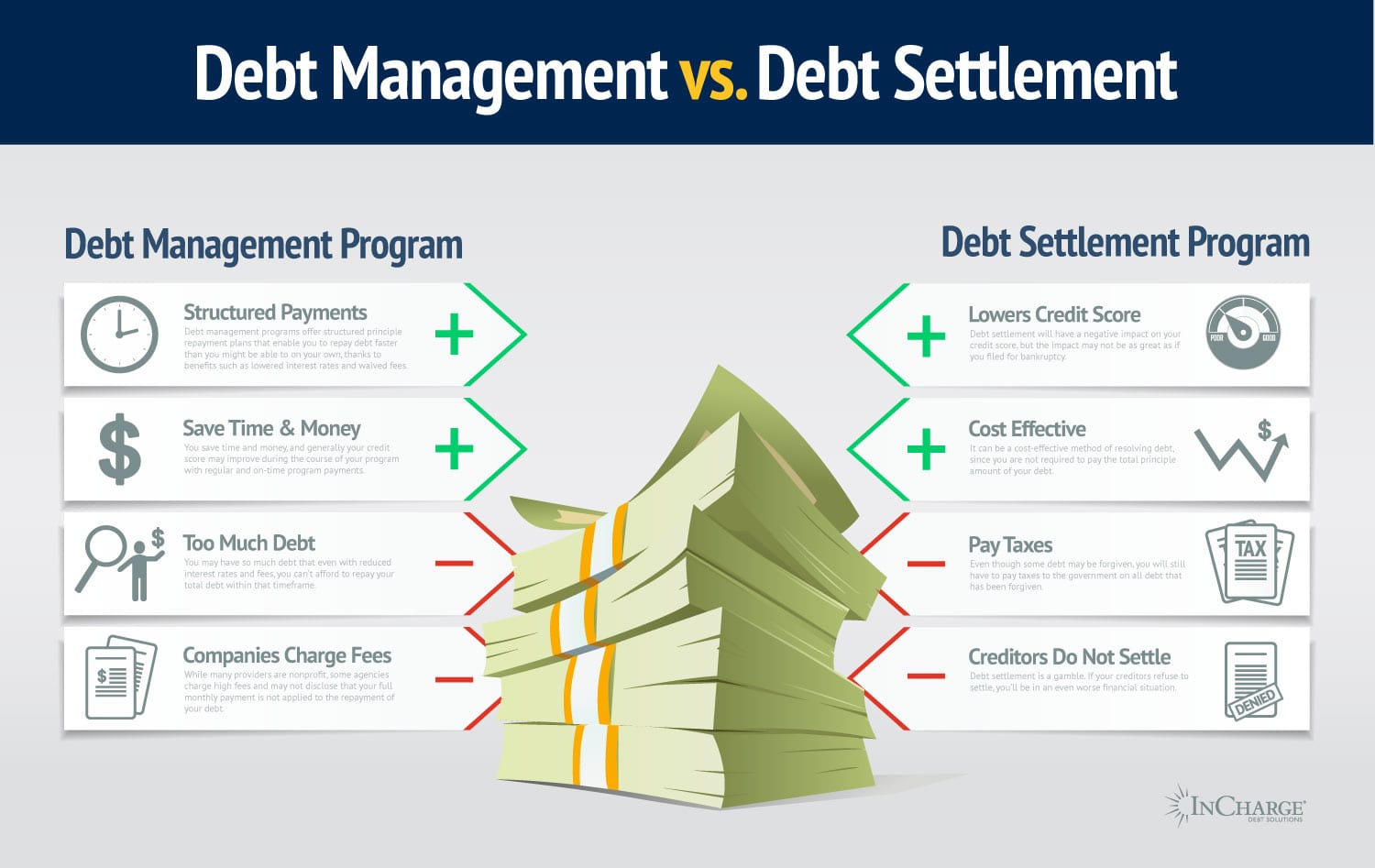Real-Life Success Stories of Debt Consolidation: More Discussion Posted Here
Real-Life Success Stories of Debt Consolidation: More Discussion Posted Here
Blog Article
Everything You Need to Learn About Developing an Individualized Financial Debt Management Plan
In the world of personal money, creating a customized financial debt administration plan is frequently the cornerstone of attaining economic security and peace of mind. As you browse the intricacies of developing a tailored financial debt administration strategy, recognizing the ins and outs of each step is essential to your monetary success.
Examining Your Present Financial Debt Circumstance
One must initially perform a detailed evaluation of their existing financial obligation obligations before developing an efficient financial debt management plan. Examining your present debt situation is an important primary step in acquiring control of your financial resources. Begin by collecting all needed economic records, such as charge card statements, funding arrangements, and any kind of outstanding bills. Create a breakdown of each financial obligation, including the overall quantity owed, rates of interest, minimum regular monthly repayments, and due dates. This comprehensive overview will give a clear image of your economic standing and assistance focus on which financial obligations to deal with first.
After assembling this info, calculate your complete debt-to-income proportion by splitting your month-to-month debt repayments by your month-to-month income. Comprehending these facets of your monetary circumstance will certainly guide you in establishing a personalized financial obligation administration strategy customized to your certain requirements and objectives.
Setting Financial Goals and Targets

When setting financial objectives, it is necessary to be particular, quantifiable, achievable, appropriate, and time-bound (SMART) For instance, you may set an objective to pay off a specific amount of financial debt within a certain period, such as minimizing your bank card equilibrium by $5,000 in the next 12 months - More Discussion Posted Here. By establishing clear targets like this, you can track your development and remain inspired to attain your debt administration objectives
Furthermore, take into consideration prioritizing your debts based upon factors such as rate of interest prices, exceptional equilibriums, and payment terms. By concentrating on high-interest financial debts first, you can conserve cash in the future and increase your trip towards financial flexibility. Bear in mind, each person's monetary circumstance is unique, so customize your goals and targets to fit your individual needs and scenarios.
Developing a Realistic Budget
Crafting a well-defined budget is a fundamental step in effective debt management and financial planning. A reasonable budget plan serves as a roadmap for your monetary health and wellness, aiding you track your revenue, expenses, and financial obligation payments. To create a functional spending plan, beginning by noting all your sources of earnings.
Regularly evaluation and readjust your budget plan as required to stay on track with your monetary goals and financial debt settlement strategy. By adhering to a sensible budget, you can effectively manage your debt and job towards an extra safe financial future.
Exploring Debt Settlement Strategies
After establishing a practical budget, the next essential action in effective financial obligation administration is to discover various financial obligation payment approaches. One common approach is the snowball Discover More Here method, where you concentrate on repaying the smallest financial obligations first while making minimal repayments on larger financial debts. This method can aid build energy as you see smaller debts being gotten rid of, offering motivation to deal with larger ones.
Another strategy is the avalanche method, which entails focusing on financial obligations with the greatest rate of interest. By targeting high-interest financial debts initially, you can decrease the overall quantity you pay in passion over time. This approach might be much more economical in the lengthy run, even though it might take longer to see individual financial debts totally repaid.
Debt debt consolidation is one more option where you incorporate numerous financial debts into a single lending with a lower rates of interest. This can streamline your settlement procedure and possibly minimize the overall rate of interest paid. However, it's important to thoroughly think about the terms and charges connected with loan consolidation to guarantee it's the best choice for your monetary situation.
Surveillance and Changing Your Strategy

Adjusting your plan might entail reallocating funds to tackle high-interest financial obligations initially, negotiating with lenders for reduced rates of interest or much better settlement terms, or discovering additional income resources to quicken debt payment. As your monetary scenario advances, your financial debt management plan ought to adjust as necessary to remain efficient. By remaining aggressive and adaptable in monitoring and changing your plan, you can enhance your initiatives in the direction of repaying your financial debts effectively and achieving your monetary objectives.
Conclusion
To conclude, producing an individualized debt administration strategy involves examining current debt, setting financial goals, creating a reasonable budget, discovering payment techniques, and surveillance and readjusting the plan as needed. By adhering to these steps, people can take control of their monetary situation and job towards becoming debt-free. It is necessary to remain disciplined and devoted to the strategy in order to achieve long-term financial stability.
One should first perform a complete evaluation of their present additional hints financial obligation commitments before developing a reliable financial debt management plan.After establishing a sensible visite site budget plan, the next critical action in effective financial debt administration is to explore different debt payment approaches - More Discussion Posted Here.To successfully manage your financial debt, constant surveillance and modification of your debt monitoring plan are necessary elements for long-term monetary security.Adjusting your plan may entail reallocating funds to take on high-interest financial obligations first, discussing with creditors for reduced interest prices or better payment terms, or discovering extra earnings sources to expedite financial obligation payment.In final thought, producing a personalized debt administration plan includes examining present financial obligation, establishing monetary objectives, producing a practical spending plan, discovering settlement approaches, and surveillance and readjusting the strategy as required
Report this page